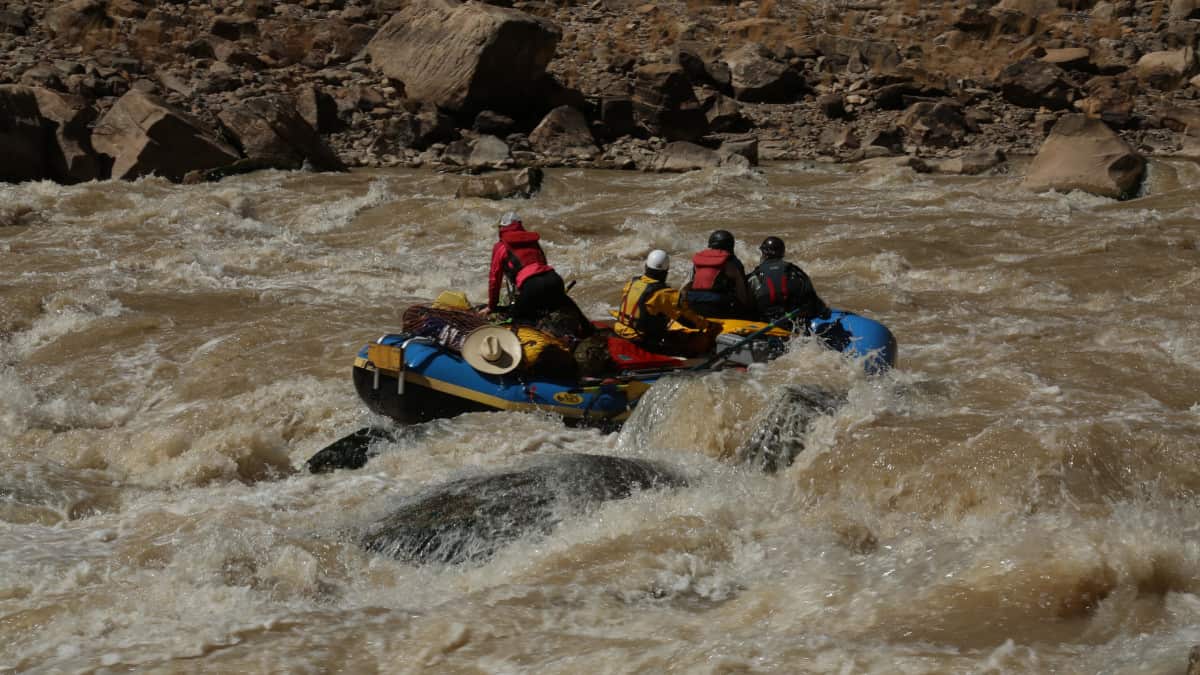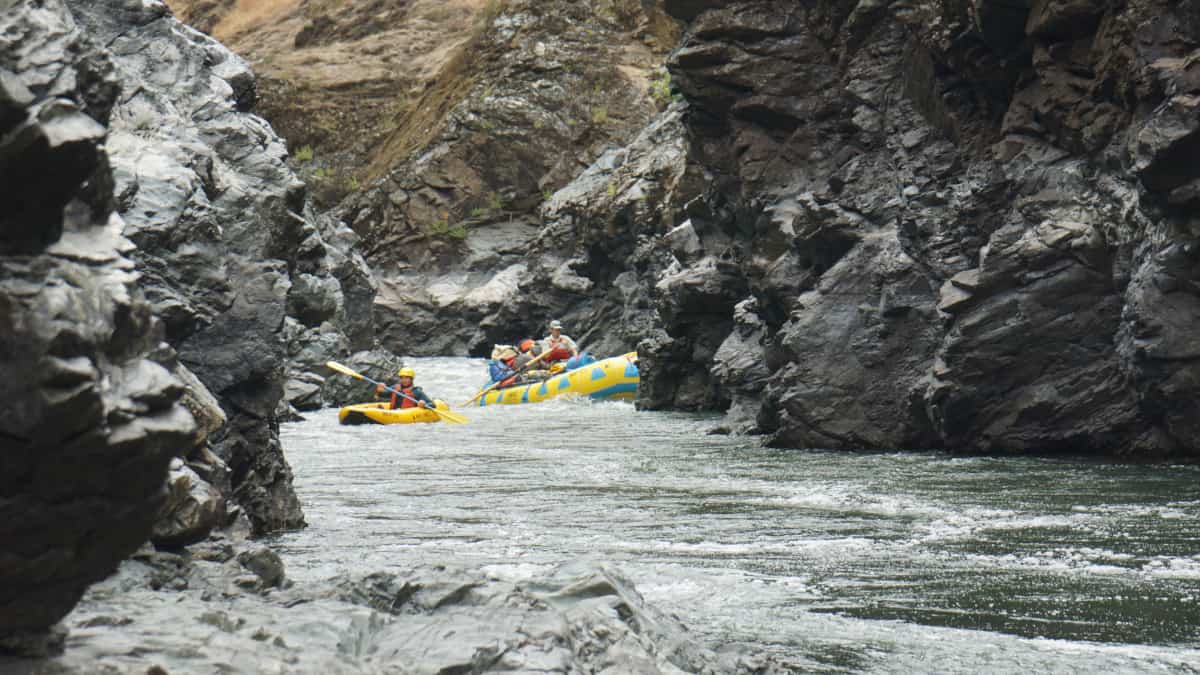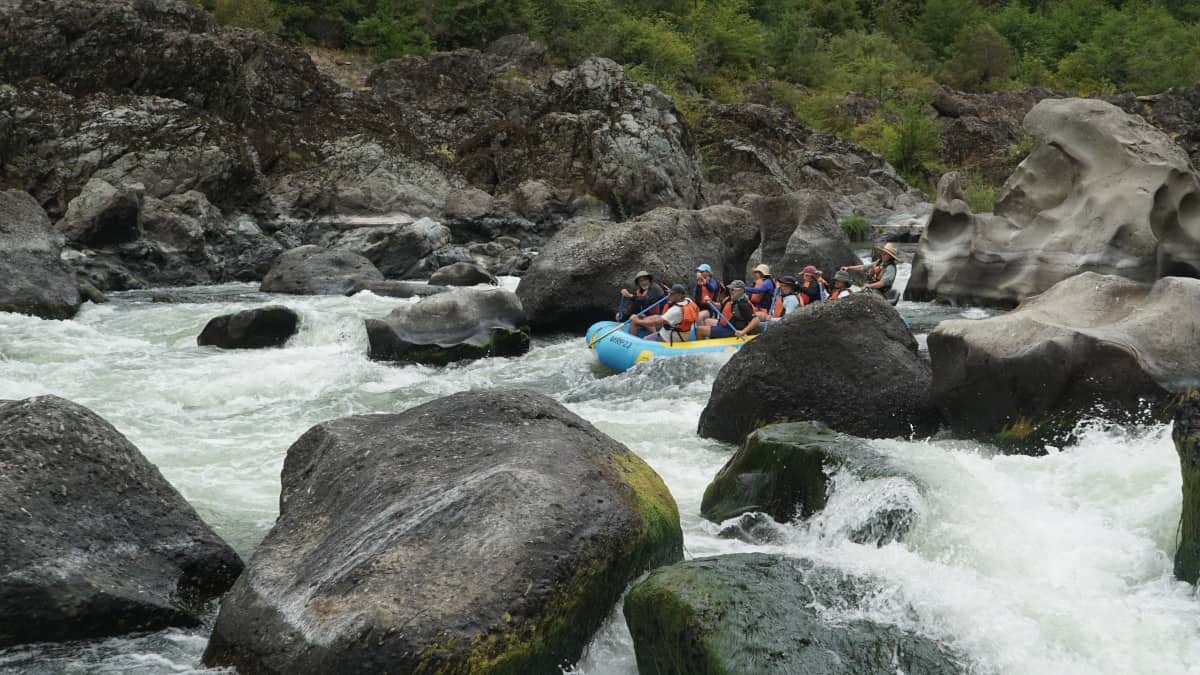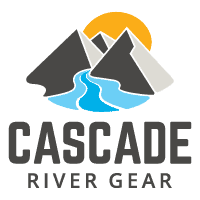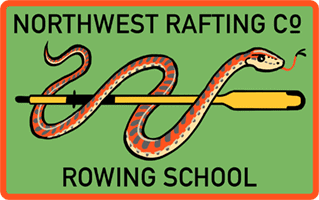How Do Rapids Form in a River?
Whitewater rapids are an integral part of boating. Whether you are running day trips full of continuous whitewater or multi-day trips with lots of flat water, everyone agrees the most exciting part of any rafting trip are the rapids. River runners spend years learning effective techniques for safely navigating rapids, gaining an intimate knowledge of how water moves. A huge part of learning how to run them is understanding why and how the rapids form.
What causes rapids to form in a river?
In order to form, rapids need four things:
Obviously, for rapids to occur, there needs to be moving water. Rapids form on any kind of flowing water, from tiny creeks to rushing rivers. A river guide's favorite creekside game is stick kayaking. To play, simply toss a stick into a creek. What was a tiny, insignificant trickle of water suddenly becomes a class V playground of epic waterfalls and massive keeper holes.
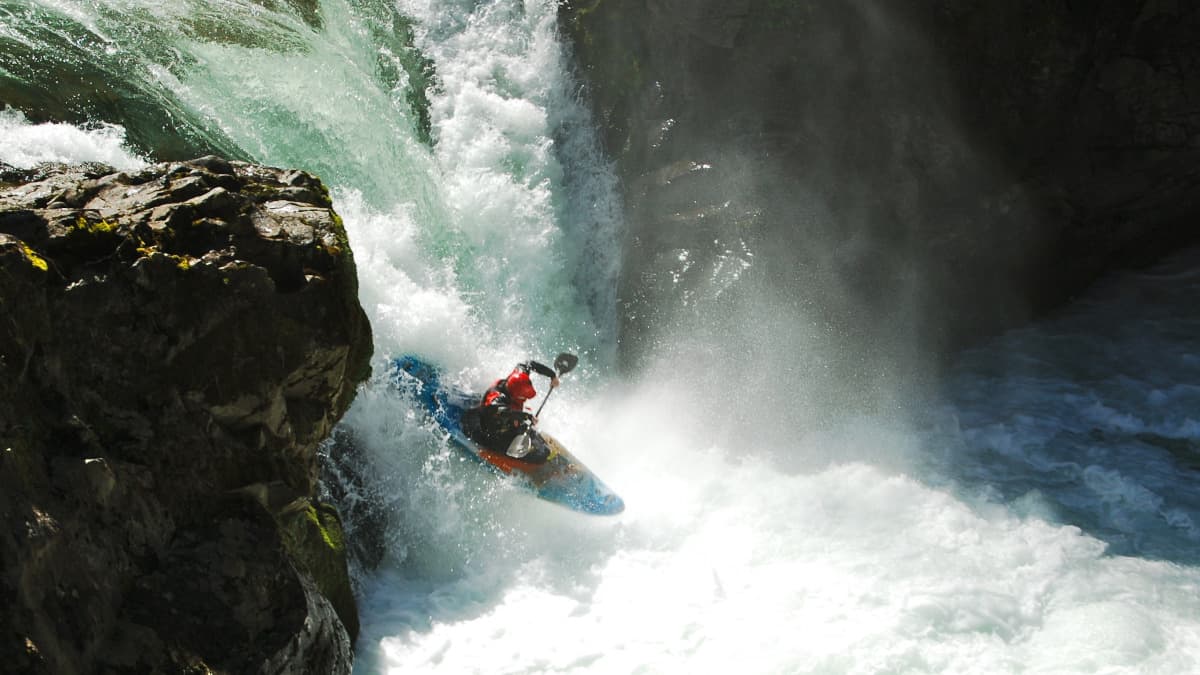
A perfect example of constriction and gradient creating a rapid is Kahuna on Canyon Creek of the Lewis River. Photo by Tim Kelley.
Of course, water moving more quickly has a better chance of forming rapids. The next two requirements, gradient and constriction, both aid in speeding up the water as it makes its way downstream. Gradient defines the slope of the ground that the water is flowing over, and is typically measured in feet per mile. With no objective measurement, constriction is when the river is forced into a smaller or narrower channel. An analogy to imagine this is when you put your finger over the end of a garden hose; the water speeds up to fit the same amount of volume through a decreased area. As you would expect, higher gradient and more constriction typically means faster flowing waters.
The fourth requirement for the formation of rapids is obstacles. If you already have water moving quickly through a narrow channel, putting in some large boulders creates more turbulance in the water. Obstacles form the most prominent features in rapids, such as waves, holes, and pourovers.
Where do rapids form in a river?
Rapids form in a river anywhere the geology allows for gradient, constriction, or obstacles. It is common to find rapids in steeper sections of the river, because the increased gradient causes the water to flow faster. The type of rock that makes up the riverbed also plays a huge role in the formation of rapids. When the river reaches a layer of rock that is more difficult to erode, it forms narrow channels. In these constrictions, you will typically find stretches of river full of whitewater.
Another place rapids are commonly found is at the mouth of a large side canyon. Massive flash flood events in side canyons rip up boulders and send them hurtling into the river, creating debris fields at the mouth of the canyon. These debris fields form technical rapids choked with obstacles.
How are rapids measured
Rapids are measured on a scale from Class I to Class VI:
Moving water with little to no whitewater. Low risk, easy self-rescue.
Straightforward, wide rapids with several clearly navigable channels. Some easy maneuvering may be required.
Rapids have strong eddies and currents and moderately sized waves. Good boat control is required, but major hazards are easily avoidable.
Rapids are powerful and turbulent with large, unavoidable waves and holes or constricted passages. Safe navigation requires precise boat handling. Rapids often require "must-make" moves to avoid dangerous hazards.
Rapids are long, obstructed, and violent with exposure to substantial risk. They require expert-level boat handling to navigate unavoidable waves and holes or steep, narrow chutes.
Class VI runs are un-runnable to to all but the most advanced paddlers, and are the frontier of whitewater difficulty. Rapids must be run without error, and rescue may be impossible.
The river is a very dynamic setting, with many factors coming into play. The grading of rapids is very subjective and can vary from region to region. If you are unsure remember to start small.
